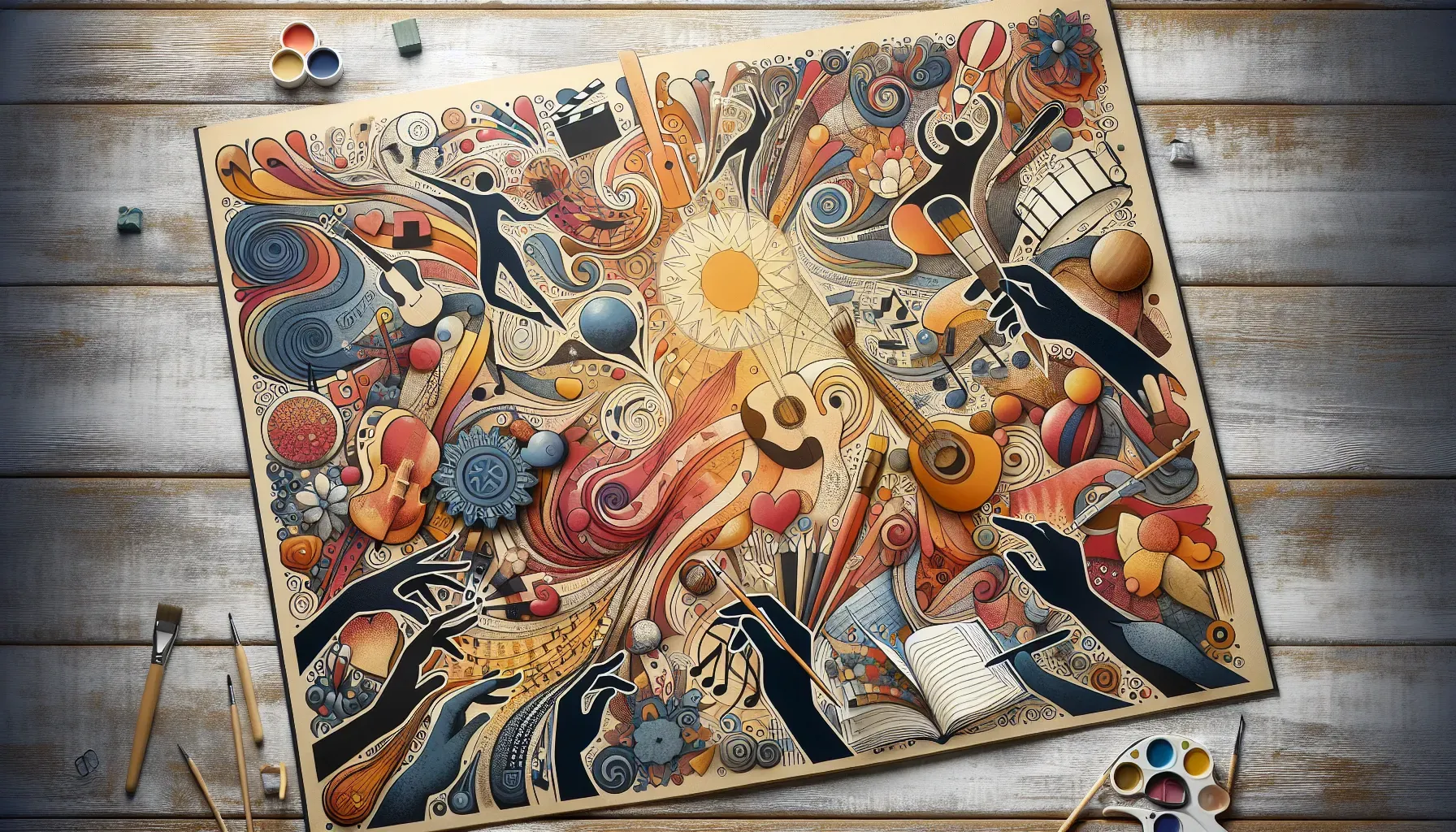Art as Therapy: Healing Emotional Wounds through Creative Expressive Arts

Art therapy, as a form of psychological healing, has a rich and fascinating history. It has its roots in the early 20th century, when psychiatrists and educators began to recognize the therapeutic potential of art in addressing emotional and mental health challenges. The practice gained momentum during and after World War II, as clinicians observed the profound impact of creating art on the psychological well-being of soldiers dealing with post-traumatic stress disorder (PTSD) and other war-related traumas. Over time, art therapy evolved into a structured form of psychotherapy, encompassing various creative modalities to facilitate emotional expression and inner exploration.
The Historical Evolution of Art Therapy
Numerous studies have delved into the impact of creative arts on emotional processing and mental well-being. Engaging in artistic activities has been associated with reduced levels of stress, anxiety, and depression. Moreover, the process of creating art can foster a sense of accomplishment and empowerment, contributing to overall positive emotional well-being. From painting and sculpting to dancing and playing musical instruments, creative arts enable individuals to channel their emotions in non-verbal ways, offering a unique outlet for self-expression and introspection.
Impact of Creative Arts on Mental Well-Being
Art therapy encompasses a broad spectrum of creative modalities that cater to diverse individual preferences and needs. Visual arts, including drawing, painting, and collage-making, are widely used to unlock unconscious thoughts and emotions through the symbolic language of imagery. Music therapy, involving listening to or creating music, has shown remarkable results in alleviating symptoms of anxiety, depression, and trauma-related disorders. Dance/movement therapy provides a platform for embodying emotions through physical expression, promoting bodily awareness and emotional release. Additionally, writing therapy, which includes journaling, poetry, or storytelling, serves as an effective tool for narrative expression and cathartic release.
The act of engaging in art activities holds transformative potential for self-expression and emotional release. Through art, individuals can externalize their internal struggles, aspirations, and emotions that may be challenging to articulate verbally. This process allows for a profound exploration of one's psyche, leading to enhanced self-awareness and emotional resilience. Moreover, the non-judgmental nature of art-making fosters a safe space for individuals to confront their deepest feelings without fear of criticism or rejection.
Related Article: Holistic Healing Innovations: Advancements in Natural Therapies
Creative Modalities in Therapeutic Interventions
In conclusion, the utilization of art as therapy constitutes a powerful approach to healing emotional wounds and nurturing mental well-being. Whether through visual arts, music, dance/movement, or writing, creative expressive arts offer an avenue for individuals to embark on a journey of self-discovery and emotional healing. The transformative potential inherent in these artistic modalities serves as a testament to the profound impact of creativity on our psychological landscape.
Frequently Asked Questions
Art therapy is a psychological healing modality that uses creative expression to address emotional and mental health challenges. It helps individuals process feelings, reduce stress, and enhance self-awareness through various artistic activities, promoting emotional release and personal exploration.
Engaging in creative arts has been linked to reduced stress, anxiety, and depression. Artistic activities foster a sense of accomplishment and empowerment, allowing individuals to express emotions non-verbally, which contributes positively to their overall mental well-being.
Art therapy utilizes various modalities including visual arts like drawing and painting, music therapy for emotional relief, dance/movement therapy for physical expression, and writing therapy for narrative exploration. Each modality caters to individual preferences and promotes emotional healing.
Check Out These Related Articles

Plant-Based Medicine Revolution: Unraveling the Therapeutic Potential of Cannabinoids

The Power of Hydrotherapy: Transformative Benefits for Physical Rehabilitation & Relaxation

Integrative Mediterranean Medicine: Melding Ancient Wisdom with Modern Health Science
